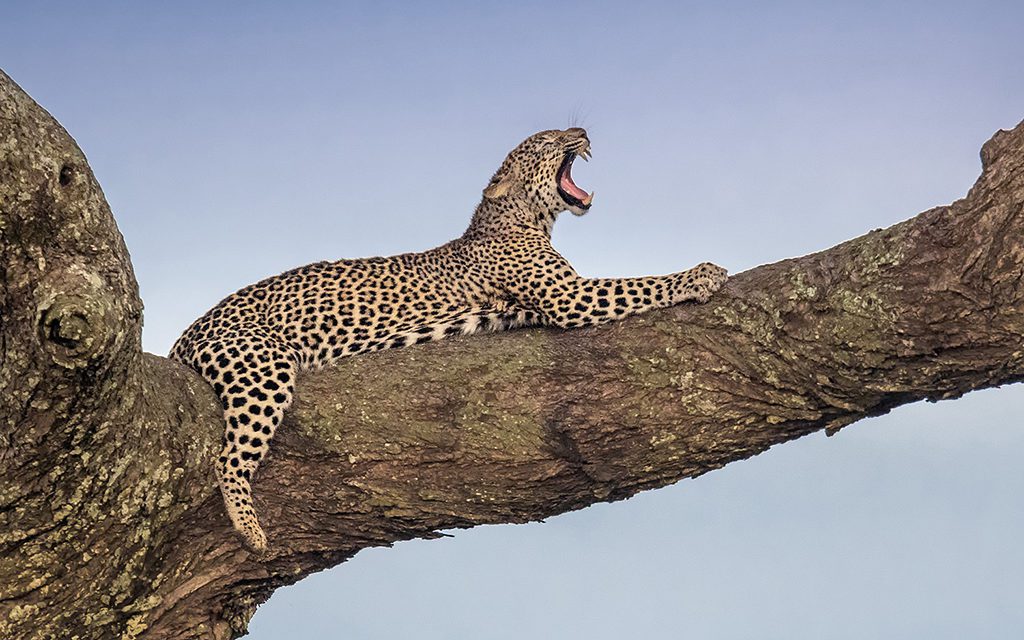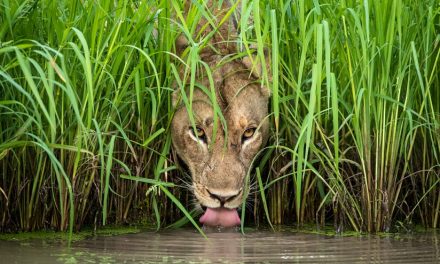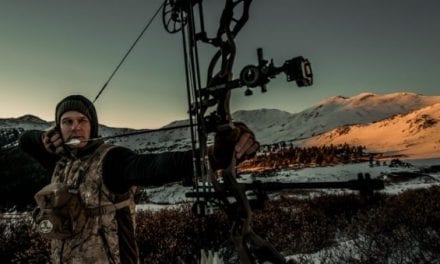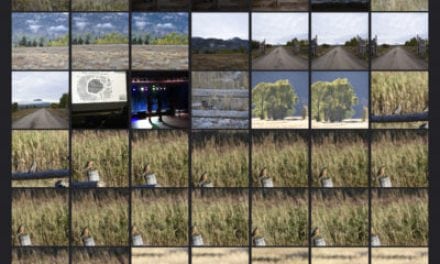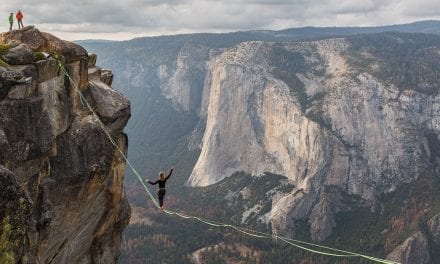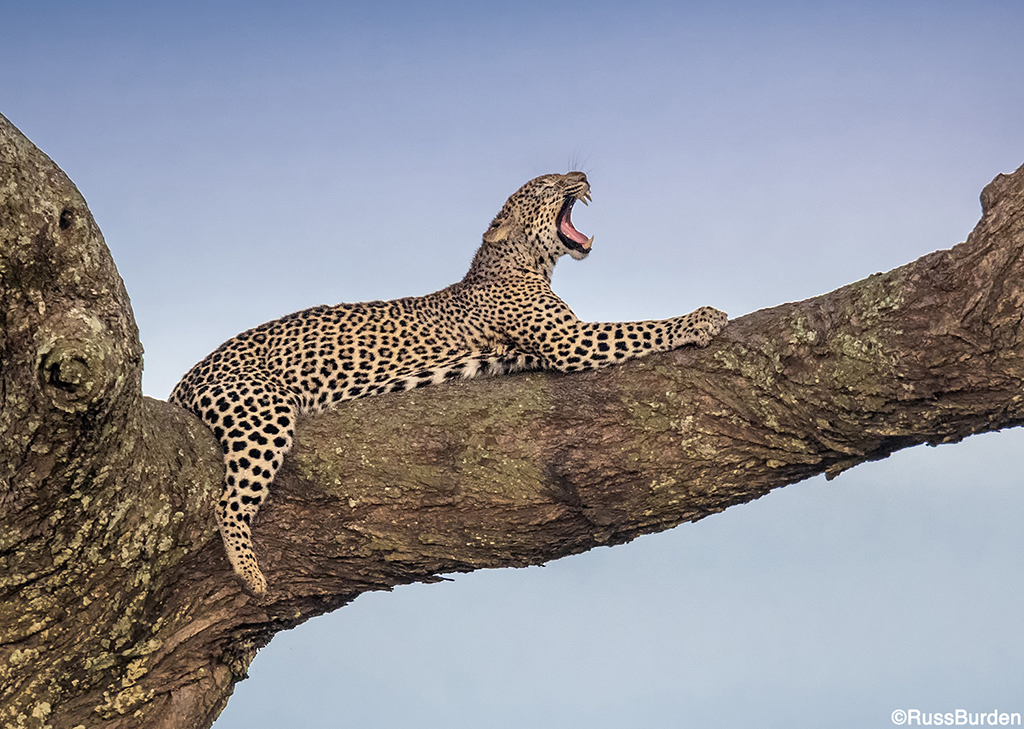
Flash is probably the most under used photo accessory on the market. Simply put, it’s an amazing piece of equipment that few exploit. It allows us to add light where light doesn’t exist. Ponder that statement for a moment. A flash places light where none or little falls. Think about that outdoor photo you made of someone wearing a hat. The brim created an ugly shadow over their eyes and nose compared to the rest of the image. Imagine if there was a way light could be added to those portions so the viewer could see details on the subject’s face. Imagine if there was a way to even out the light to reduce the overall contrast. There is, but people don’t often add it to their photo arsenal.
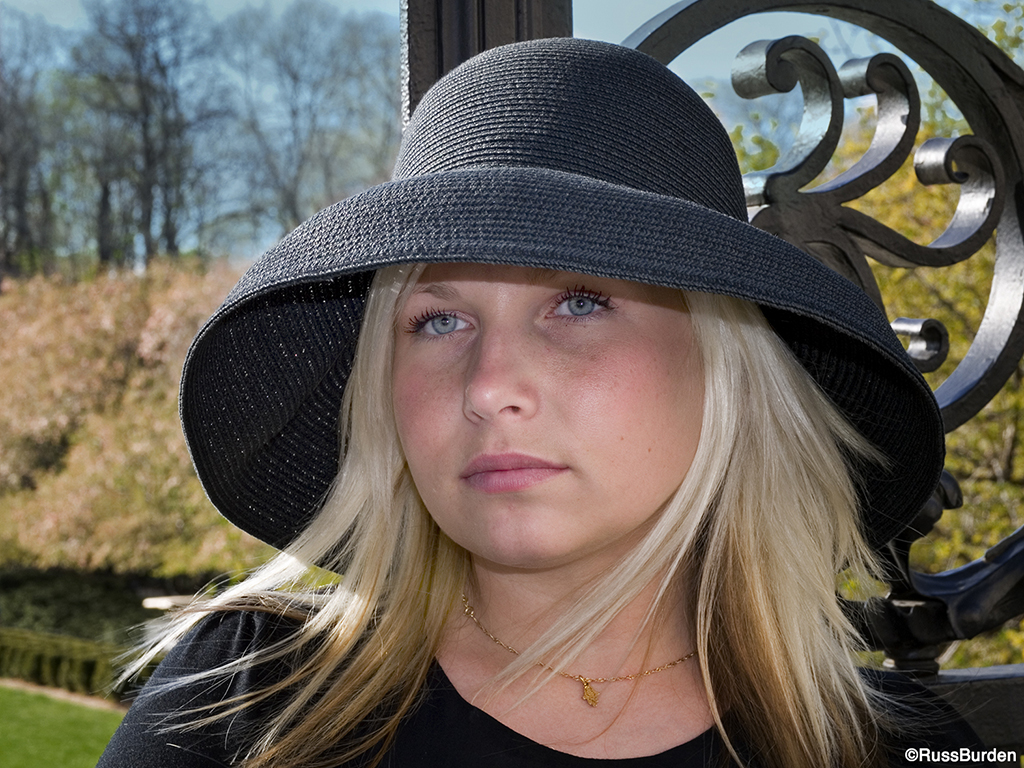
For some reason, flash photography seems reserved for indoors. I admit it’s most often used indoors, but there’s no law or rule that says it can’t be brought outside. As a matter of fact, it’s where I happen to use it 95 percent of the time. Not many nature subjects live within four walls, so my flash often depletes a full charge of rechargeable batteries in order to offset the harsh light of the sun or to add light to a subject if the sun doesn’t cooperate.
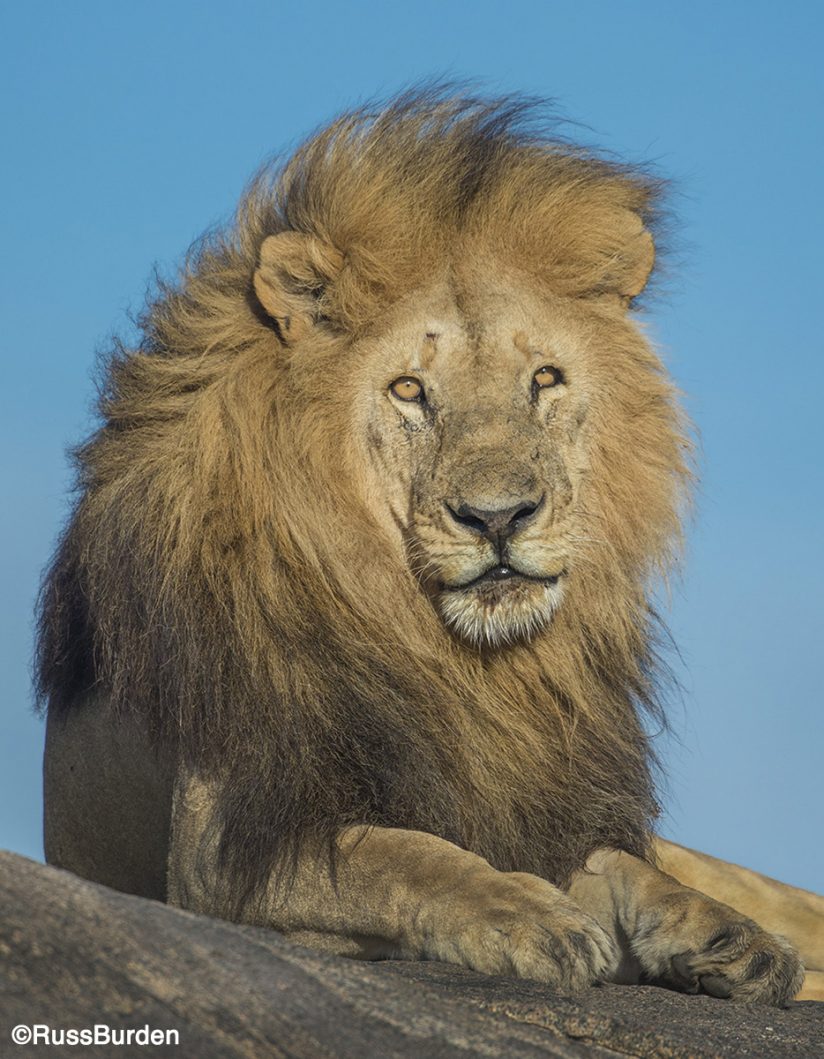
Open Up The Shadows With Flash Photography
The myth I want to suppress is when it’s sunny, there’s so much light a flash will never get used. That couldn’t be farther from the truth! There are times when the sun is so bright and the contrast between the highlights and shadows is so high, shadows go black and little detail is revealed. Think about the boy in the baseball cap. When I add flash, the highlights aren’t impacted, but the dark areas open up and detail is revealed! Think about each of the following circumstances and how flash photography could be beneficial:
- A person with a long brim hat at noon.
- A clump of flowers that have deep shadows.
- Your pet in contrasty light in the backyard.
- A backlit lion perched on a kopje.
Basically, in any situation where deep shadows hamper a good image, flash can add light to the dark areas.
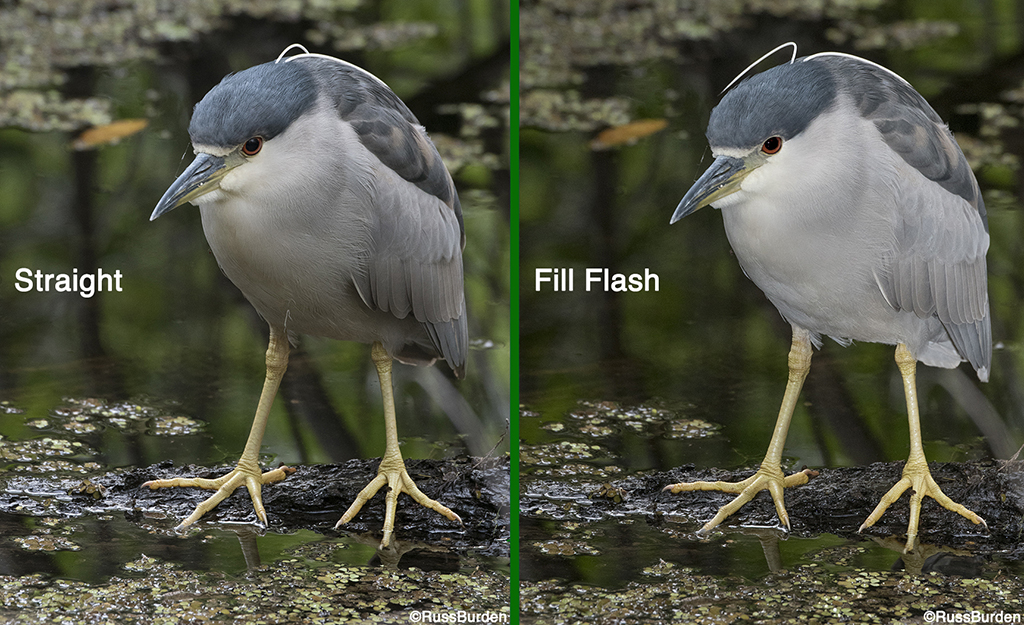
Add A Twinkle With Flash Photography
Any time a subject decides to perch in the shadows to avoid the sun or even on days where the sun is obscured by clouds and the light is flat, the animal loses the nice highlight in the eye. A highlight is very important in wildlife photography to make the animal look alive. Flash adds a twinkle to the eye when it’s dialed down to low power, which provides a highlight. It also adds light to dark areas that are obscured by shadows. And it’s not just reserved for birds. Any animal that embeds itself in the shade benefits from a bit of light that may help bring out the color of the fur, add light to dark portions of the image, add vibrancy to the overall look of the end result and more.
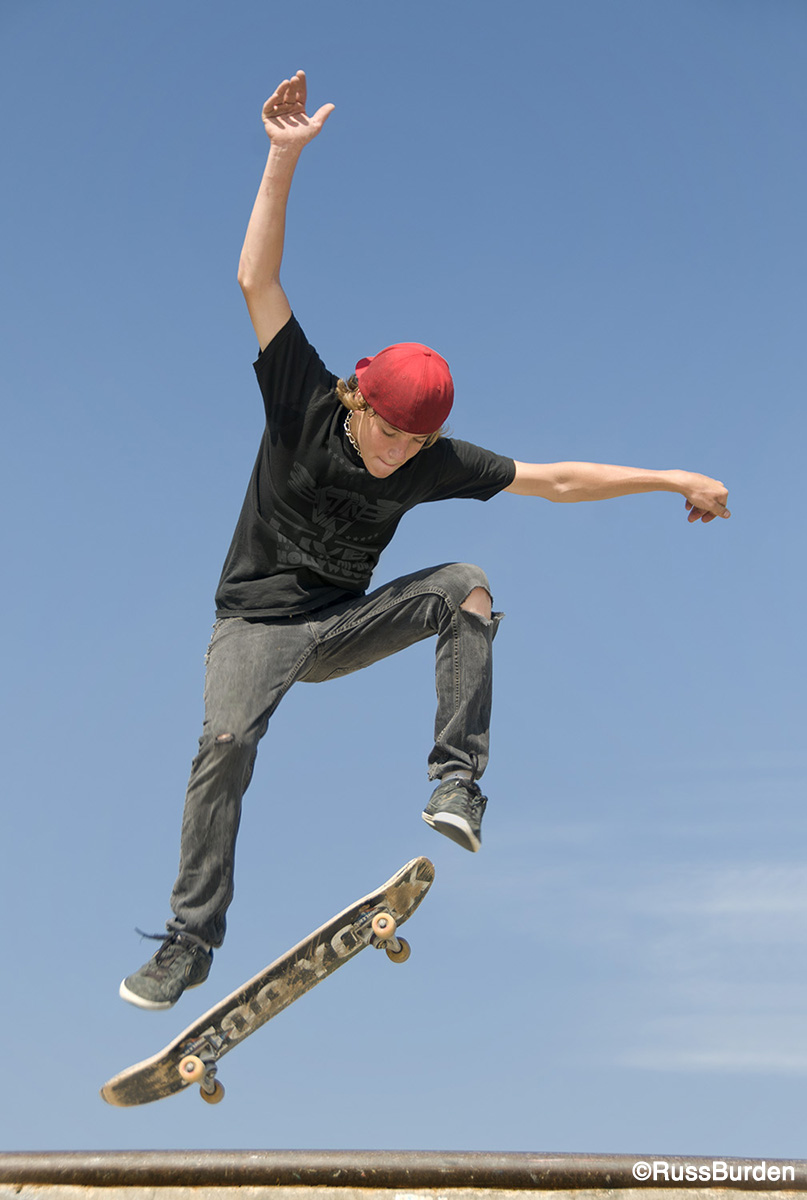
High-Speed Sync With Flash Photography
Most camera bodies allow the flash to sync with the exposure at shutter speeds in the neighborhood of 1/200th of a second. Yet there are times when a fast shutter speed is essential in order to prevent motion blur of the subject. In the image of the skateboarder, note that everything is tack sharp and there’s light on the face of the rider. Without flash, the face would be in total shadow. The reason why the flash was able to synchronize with the camera at a high shutter speed is that I set the camera to high-speed sync. It’s an optional setting found on higher-end cameras. The single biggest drawback when utilizing it is the power of the flash is greatly reduced. This means the photographer and subject must be close to each other in order for the flash to have enough power to illuminate the subject. Certainly take advantage of the setting, but keep it in mind that subject proximity is limited.
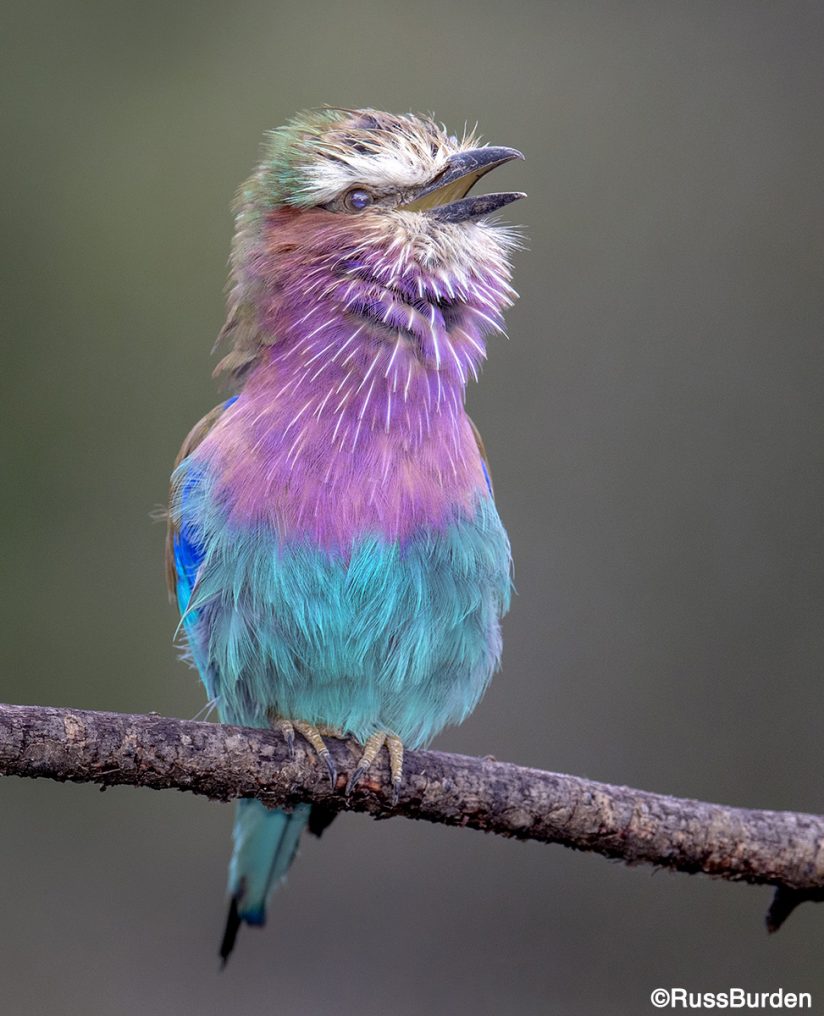
To learn more about this subject, join me on a photo safari to Tanzania. Visit www.russburdenphotography.com to get more information.
The post Outdoor Flash Photography Basics appeared first on Outdoor Photographer.

